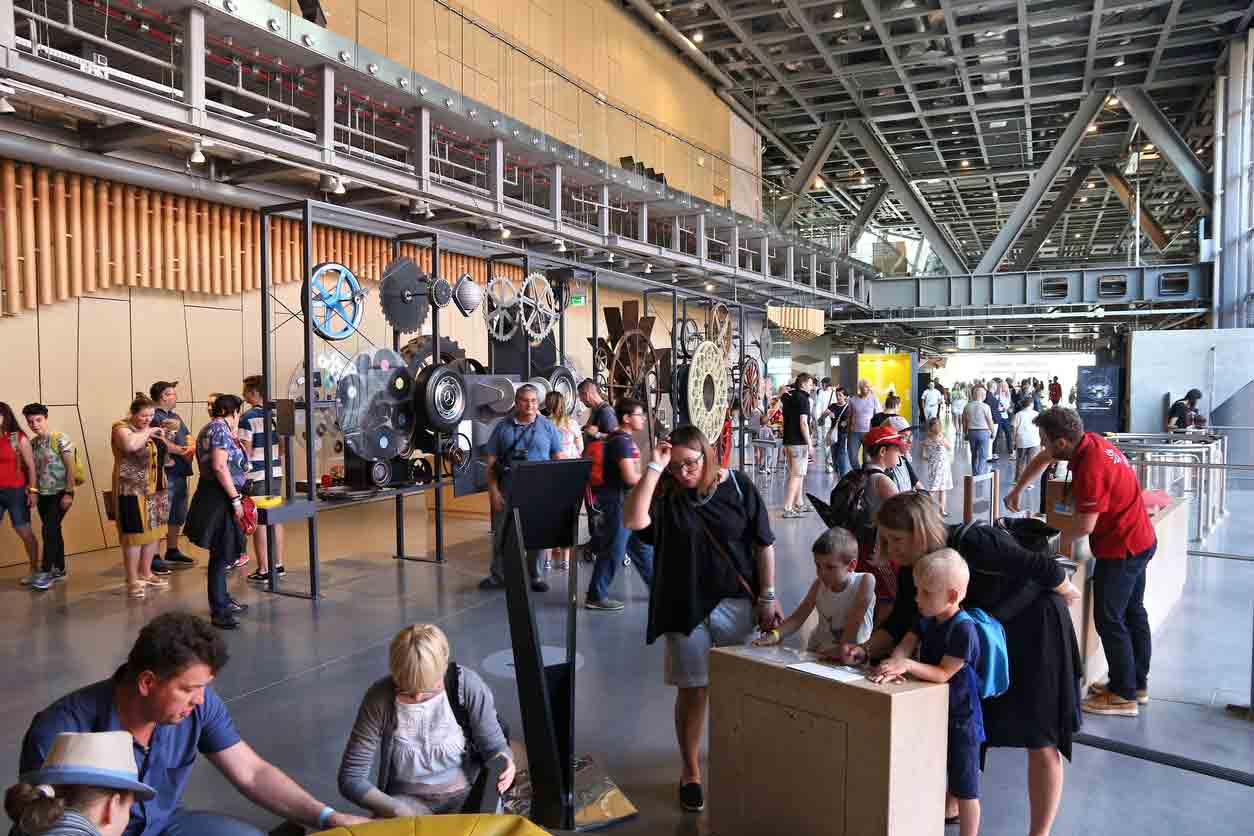Work
Predicting visitor movement in a UK museum

We built a model that predicts the flow of visitors for a UK museum – allowing staff to develop more accurate, quantitative crowd management, leading to improved customer satisfaction by avoiding overcrowding.
Customer
The third most-visited museum in the UK, attracting over five million visitors in 2015.
Problem
With so many visitors, good crowd management is vital, having implications not only for security, but also for the ability of cafes and shops to provide better services and increase revenue. The museum enlisted Faculty to develop a data model that would help it to manage the flow of visitors.
Solution
We used a data science approach to model and predict the flow of visitors. It was possible to use wifi usage data to track crowd movement as people travelled between access points within the building, as well as to collate information on the amount of time they spent in each location. By combining tens of thousands of these journey maps, it was possible to see certain patterns emerge.
Using Markov chain algorithms, we implemented a model simulating the movement of 500 different hypothetical visitors over a 15-minute period, if they all started out in the same place at the same time.
The model created a clear picture of the different routes people would be most likely to take as they moved through the attraction. It identified not just congestion points, but also the times when key locations were prone to overcrowding.
Impact
The project’s findings offer a model from which staff can develop more accurate, quantitative crowd management, leading to improved customer satisfaction by avoiding overcrowding, and increasing revenue.